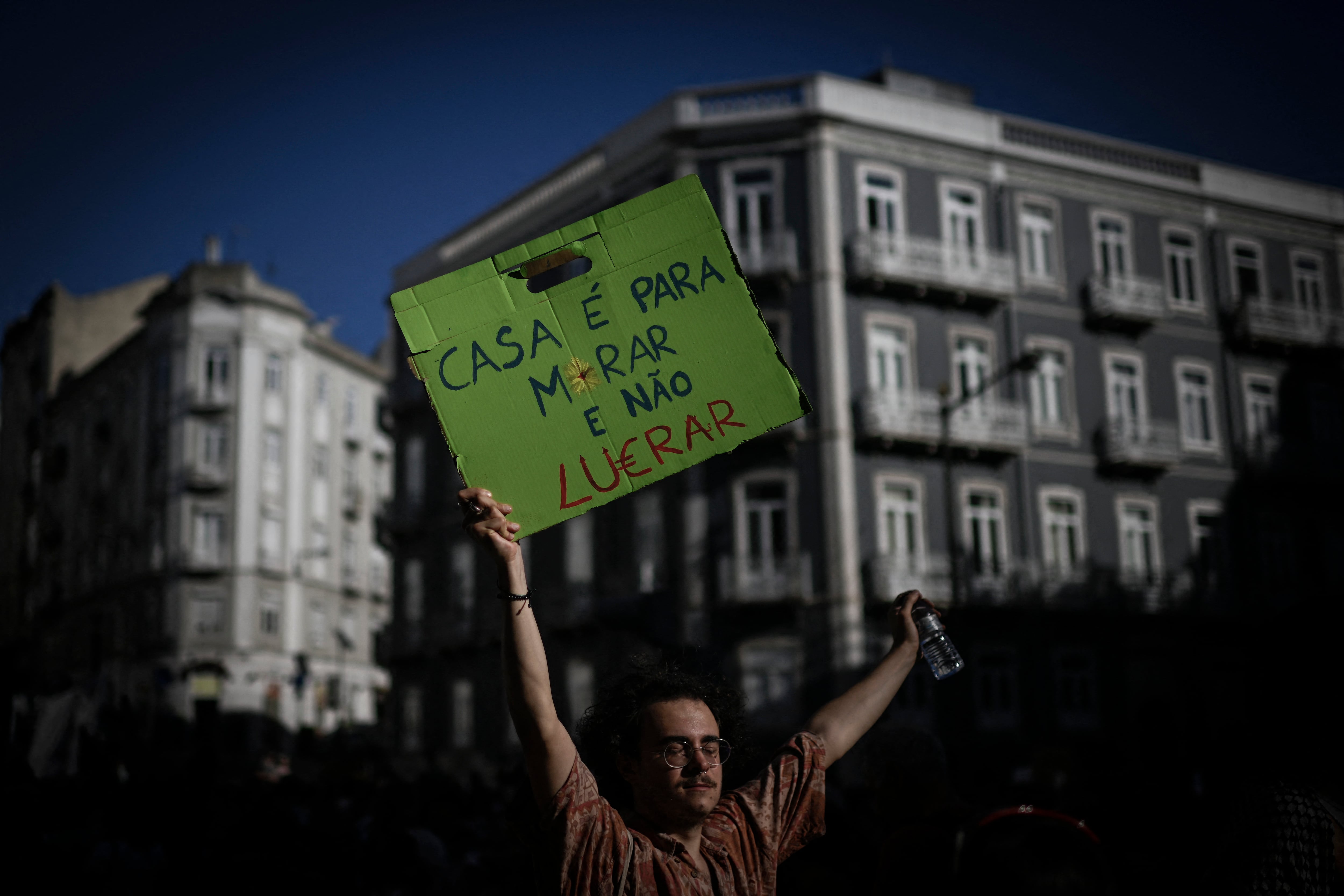There has been a marked increase in victims of drug debt intimidation refusing to go to gardaí due to fear of retaliation, according to a newly published report analysing drug crime in west Dublin.
According to the Drug Alcohol Trends Monitoring System report, published by the Blanchardstown Local Drug and Alcohol Task Force, fewer than six victims of drug related intimidation in the area brought the matter to the attention of gardaí in 2022.
Seventy one per cent (or 72 people) declined to make a report, with the remainder of cases classified as “unknown”.
This is up on 42 per cent for 2021 and 66 per cent since 2020. The number of people refusing to go to gardaí was higher in 2022 than in the previous four years.
RM Block
Drug debt intimidation occurs when dealers attempt to recover money they claim is owed to them through violence and threats of violence. In some cases the amount owed is entirely arbitrary and families are often made pay the money or suffer the consequences.
The figures suggest the vast majority of families impacted by drug debt intimidation are opting to pay the debts rather than seek Garda assistance.
The report notes intimidation can take many forms “including forcing victims to hold drugs or firearms or distribute drugs to pay off debts”.
In 2022, “cuckooing” was also reported in the Blanchardstown area for the first time, it said. This is a form of intimidation when dealers take over the homes of drug users and use them to sell their product.
Intimidation victims reported various reasons they refuse to go to gardaí, including fears the intimidation will increase, fears they may themselves be arrested and a perception gardaí will be unable to help with the problem.
The report also noted 60 per cent of secondary schools in the area had evidence of drug dealing. Drug dealers have become older in recent years but drug runners, who are used to transport substances between locations, have become younger.
The average age of drug runners in 2022 was 12, with some as young as eight. The average age of drug dealers was 16 but dealers as young as 10 were also reported.
Since 2021 there has been an increase in most drug related crimes, something which has been associated with an increase in the use of powder and crack cocaine, the report states.
“There is likely a link between the increasing levels of drug-related intimidation and under 18s drug running and dealing, whereby young people are forced to hold and sell drugs to pay off debts,” it states.
It said the use of minors for drug distribution “has been a long-standing method used by older, larger scale dealers, as due to their age there are fewer criminal consequences.
“This also has the consequence of easy access to customers, whereby young people distribute drugs to their peers and friends.”
- Sign up for push alerts and have the best news, analysis and comment delivered directly to your phone
- Find The Irish Times on WhatsApp and stay up to date
- Our In The News podcast is now published daily – Find the latest episode here

















